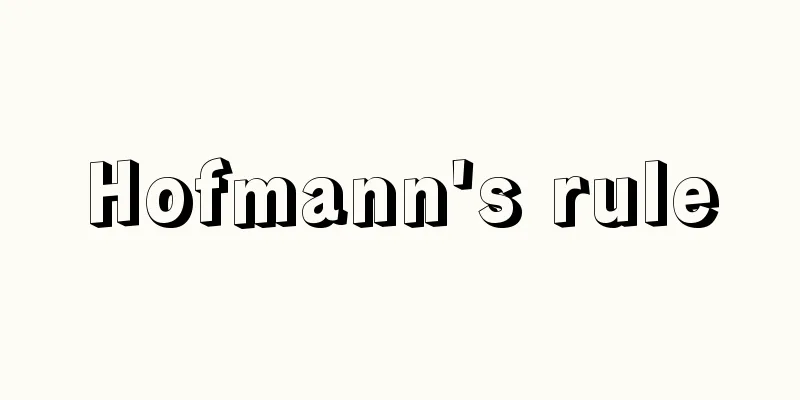Wang Daiyú (English spelling)

|
1580?-1658? A Chinese Islamic scholar from the late Ming and early Qing dynasties. Born in Jiangning (Nanjing). He lived in his hometown for a long time, but died in Beijing, and his grave is in the Hui Cemetery in Sanlihe, Beijing. He is said to have been an intellectual who studied Islam, Confucianism, Buddhism, and Taoism from a young age, and is the author of works such as "Zhengjiao Zhenxun" (with a preface from 1642), "Xizhen Zhengdae" and "Qingzhen Daxing," which contributed greatly to Chinese Islamic studies. [Saguchi Toru] Source: Heibonsha World Encyclopedia, 2nd Edition Information |
|
1580?‐1658? 中国の明末・清初のイスラム学者。江寧(南京)の人。生地に長らく居住したが,北京で死んだので,北京の三里河の回民墓地にその墓がある。年少のころよりイスラムおよび儒・仏・道教をも学んだ知識人といわれ,《正教真詮》(1642年の序がある),《希真正答》《清真大学》などの著作があり,中国イスラム学に貢献した。【佐口 透】 出典 株式会社平凡社世界大百科事典 第2版について 情報 |
Recommend
gibber plain
…The landforms formed by deflation include desert...
white body
…The suborder Isopoda includes the Ligididae, whi...
Dashiel Hammet
An American mystery writer. After changing jobs i...
Kaab bin Zuhair - Kaab bin Zuhair
...Hansa means "lion-nosed," a nickname...
Okuma Bay
…Captain Shirase and five others traveled south o...
Saccostrea commercialis (English spelling)
...oviparous. (5) Australian oyster Saccostrea co...
Kashima [city] - Kashima
A city located in the southeastern part of Ibaraki...
Mitsubishi Zaibatsu
This zaibatsu was the second most powerful conglo...
Sakalava
…The Sihanaka people live around Lake Alaotra, an...
Kabuki
A noun derived from the conjunctive form of the ve...
Stadion (English spelling)
An ancient Greek unit of length, equivalent to 600...
Yamagata Daini
A Confucian scholar and military scholar in the m...
King's Ears
...The satraps were the king's representative...
Wise, J. (Aviation) (English spelling)
…However, since it had no propulsion system, it c...
"Ipponkyo Waka Kaishi" - Ipponkyo Waka Kaishi
...Poetry is written on it, and the oldest work o...









